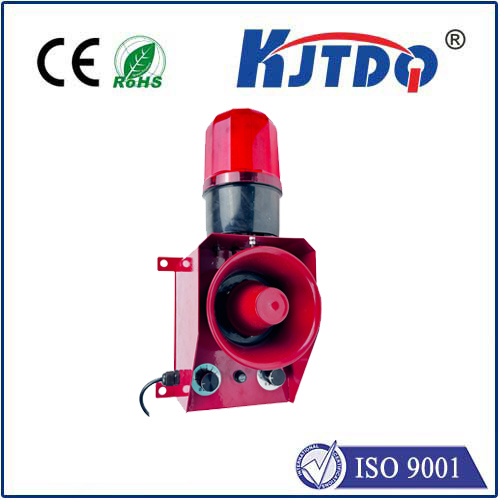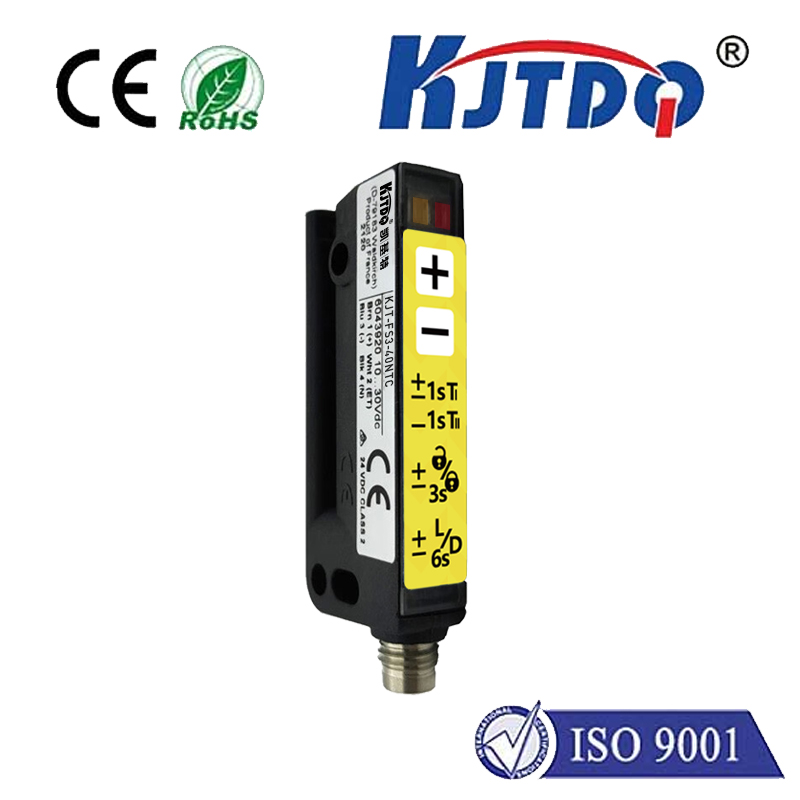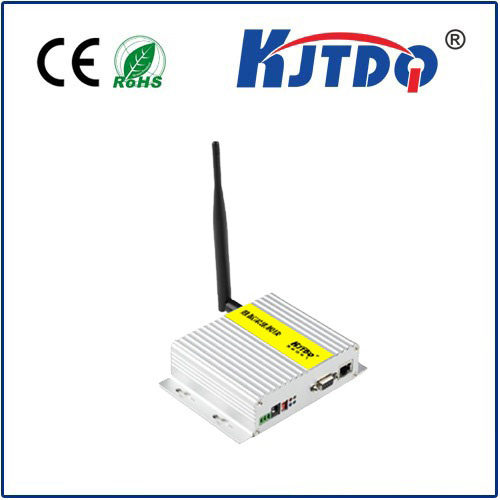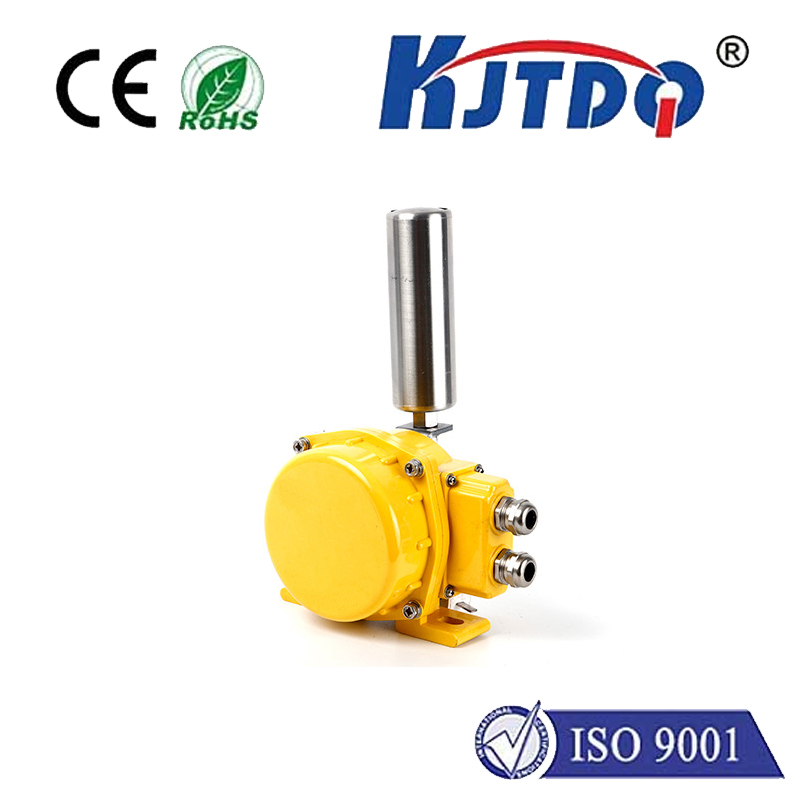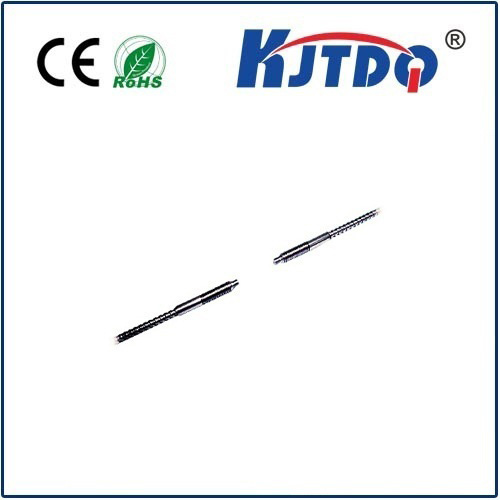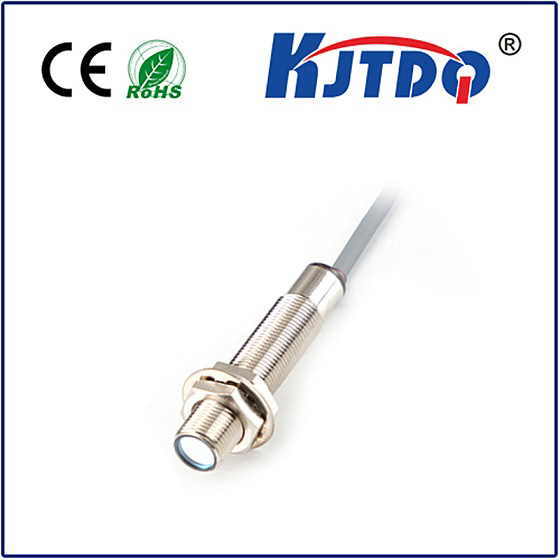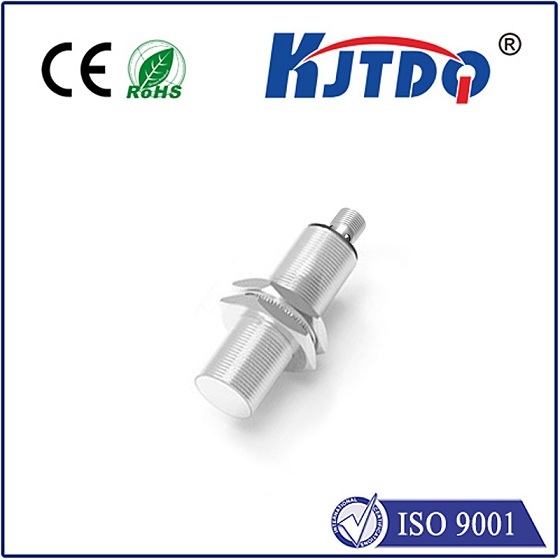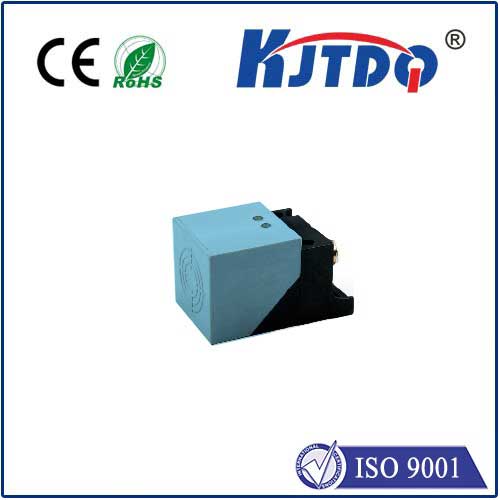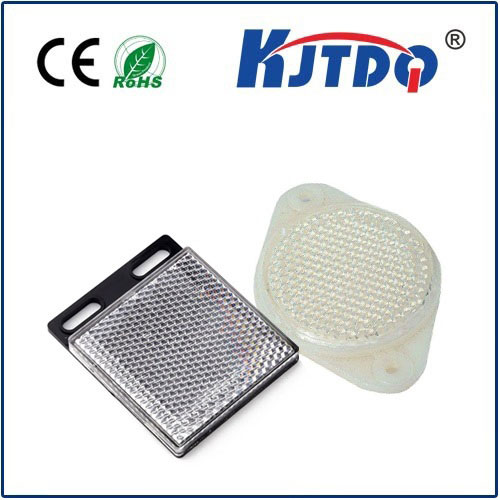Title: The Revolution of High Sensor Technology
- time:2024-10-11 19:52:11
- Click:0

In the rapidly evolving world of technology, the emergence of high sensor technology has been a game-changer. This innovative advancement has opened up a world of possibilities, transforming the way we interact with our environment and revolutionizing various industries in the process. In this article, we will explore the significance of high sensor technology, its applications, and its potential impact on our future.
The Significance of High Sensor Technology
High sensor technology refers to the development and use of highly sensitive devices that can detect and measure physical quantities such as temperature, pressure, humidity, light, and sound. These devices are designed to convert these physical quantities into electrical signals that can be processed and analyzed by computers or other electronic systems. The significance of high sensor technology lies in its ability to provide accurate, real-time data that can be used to improve efficiency, safety, and convenience in various applications.
Applications of High Sensor Technology
The applications of high sensor technology are vast and varied, spanning across multiple industries including healthcare, automotive, manufacturing, agriculture, and consumer electronics. Some notable examples include:
- Healthcare: High sensor technology is used in medical devices such as heart rate monitors, blood pressure cuffs, and glucose meters to provide accurate and timely measurements of patients’ vital signs. This information can be used by healthcare professionals to monitor patients’ conditions and make informed decisions about their treatment plans.
- Automotive: High sensor technology is used in cars to monitor engine performance, tire pressure, and fuel levels, among other things. This information can be used by drivers to optimize vehicle performance and fuel efficiency, as well as to alert them to potential issues before they become major problems.
- Manufacturing: High sensor technology is used in factories to monitor equipment status, production levels, and quality control. This information can be used by manufacturers to optimize production processes, reduce downtime, and ensure consistent product quality.
- Agriculture: High sensor technology is used in precision agriculture to monitor soil moisture levels, crop health, and weather conditions. This information can be used by farmers to optimize irrigation schedules, apply fertilizers more efficiently, and increase crop yields.
- Consumer Electronics: High sensor technology is used in smartphones, wearable devices, and home appliances to enhance user experience and functionality. For example, smartphone cameras use high sensor technology to capture high-quality images and videos, while wearable devices use it to track users’ physical activity and health metrics.
Potential Impact of High Sensor Technology on Our Future
As high sensor technology continues to evolve and become more widespread, its potential impact on our future is immense. Here are some ways in which high sensor technology may shape our lives in the coming years:
- Improved Healthcare: With the ability to provide real-time monitoring of patients’ vital signs, high sensor technology has the potential to revolutionize healthcare by enabling earlier detection of diseases, improving patient outcomes, and reducing healthcare costs.
- Increased Safety: By providing accurate data on vehicle performance and road conditions, high sensor technology can help reduce accidents and improve overall road safety. Additionally, it can be used in disaster response efforts to detect hazardous conditions and coordinate rescue operations more effectively.
- Greater Efficiency: In industries such as manufacturing and agriculture, high sensor technology can help optimize processes and resources, leading to increased productivity and sustainability. For example, precision agriculture techniques enabled by high sensor technology can help farmers use fewer resources while achieving higher yields.
- Enhanced Convenience: As high sensor technology becomes more integrated into consumer electronics and everyday objects, it has the potential to make our lives easier and more convenient. For example, smart homes equipped with high sensor technology can adjust lighting, heating, and security systems based on occupants’ preferences and behavior patterns.
In conclusion, high sensor technology represents a significant technological advancement with far-reaching implications for various aspects of our lives. Its ability to provide accurate, real-time data opens up endless possibilities for innovation and improvement across multiple industries. As this technology continues to evolve and become more accessible, we can expect to see even more remarkable developments in the years to come.





